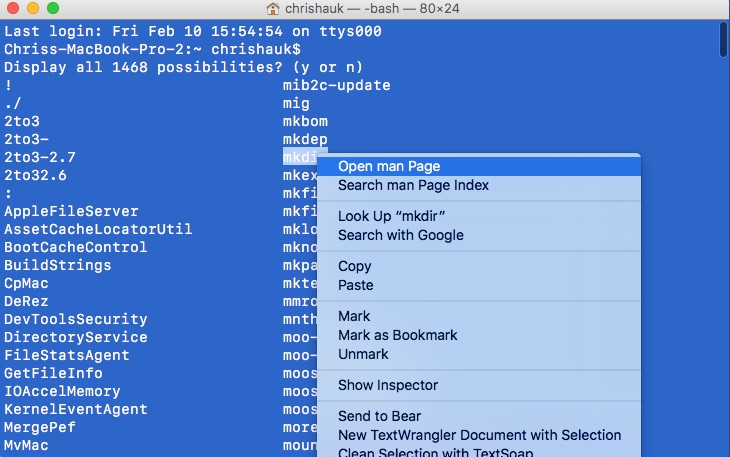
MAC TERMINAL COMMANDS LIST TO CHANGE DRIVE MAC
On Mac and Linux systems you can run RStudio from a terminal and specify which. I though of publishing the whole terminal commands output to those. There are a number of ways to change the current working directory. Find and click Other folder, and double-click Terminal to launch CMD on Mac. Alternatively, you may also press Fn + F4 keyboard shortcut to open Launchpad. These are the terminal command that I used in recovery mode when my Mac was unable to boot due to low disk space. Click the sliver rocket-like icon in the Dock to open Launchpad on your Mac.

The sing indicates that my current folder is my home folder. If the drive name has no spaces, then you'd just use the. If you look at the Terminal window above, it says: Serhats-MacBook-Pro: fskurt$ This means that the user (fskurt – this is me) is logged in to a Mac named Serthats-MacBook-Pro. Or you can put the whole thing in quotes: Code: cd /Volumes/'My Other Drive'.
MAC TERMINAL COMMANDS LIST TO CHANGE DRIVE HOW TO

The final column also displays the Mac version support for each of these commands. We have also added two additional columns specifying whether or not the command is an inbuilt system one. We have compiled this list by using official sources and have explained more clearly and elaborately about each of them. This is a complete A- Z index of all Mac commands and the terminal events associated with those commands.


 0 kommentar(er)
0 kommentar(er)
